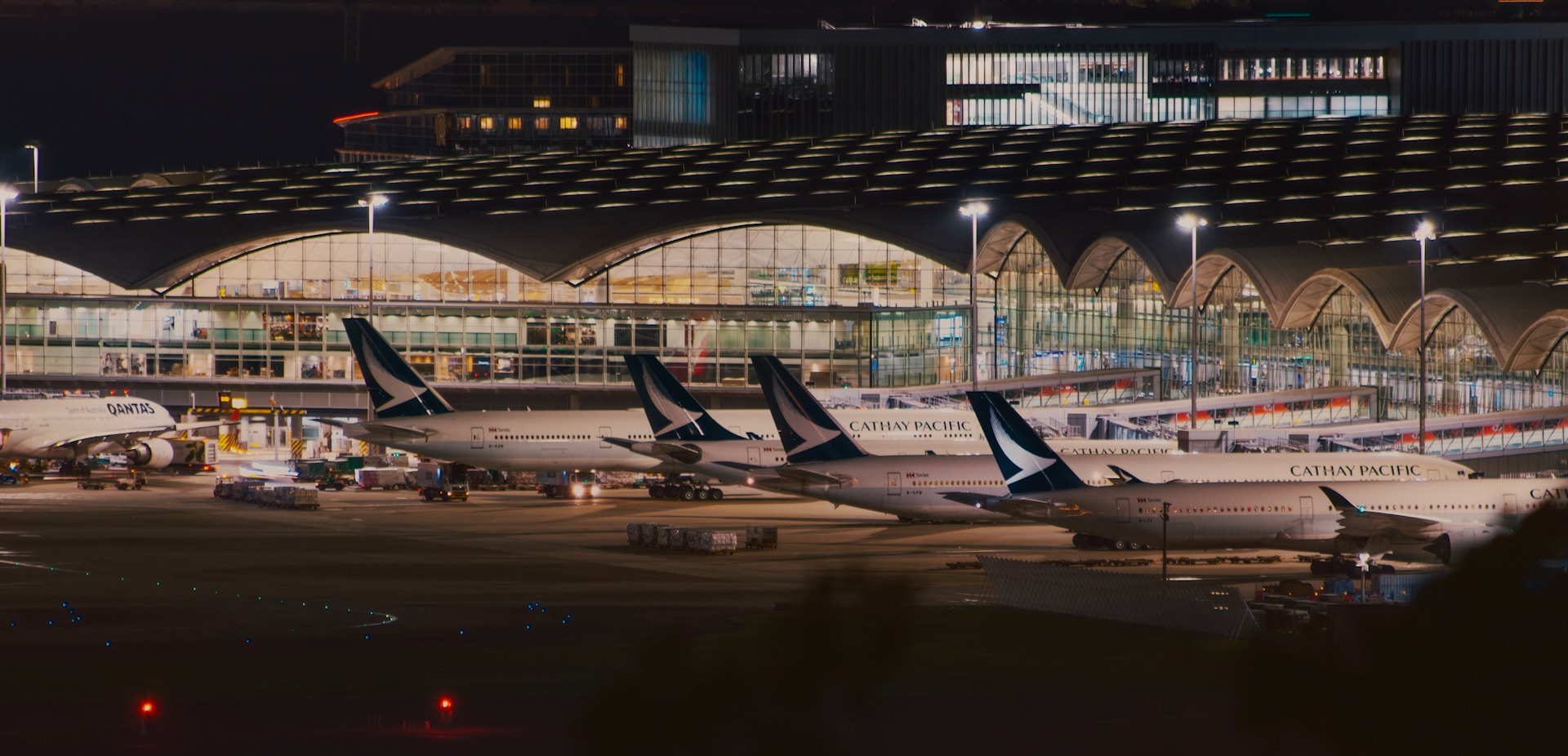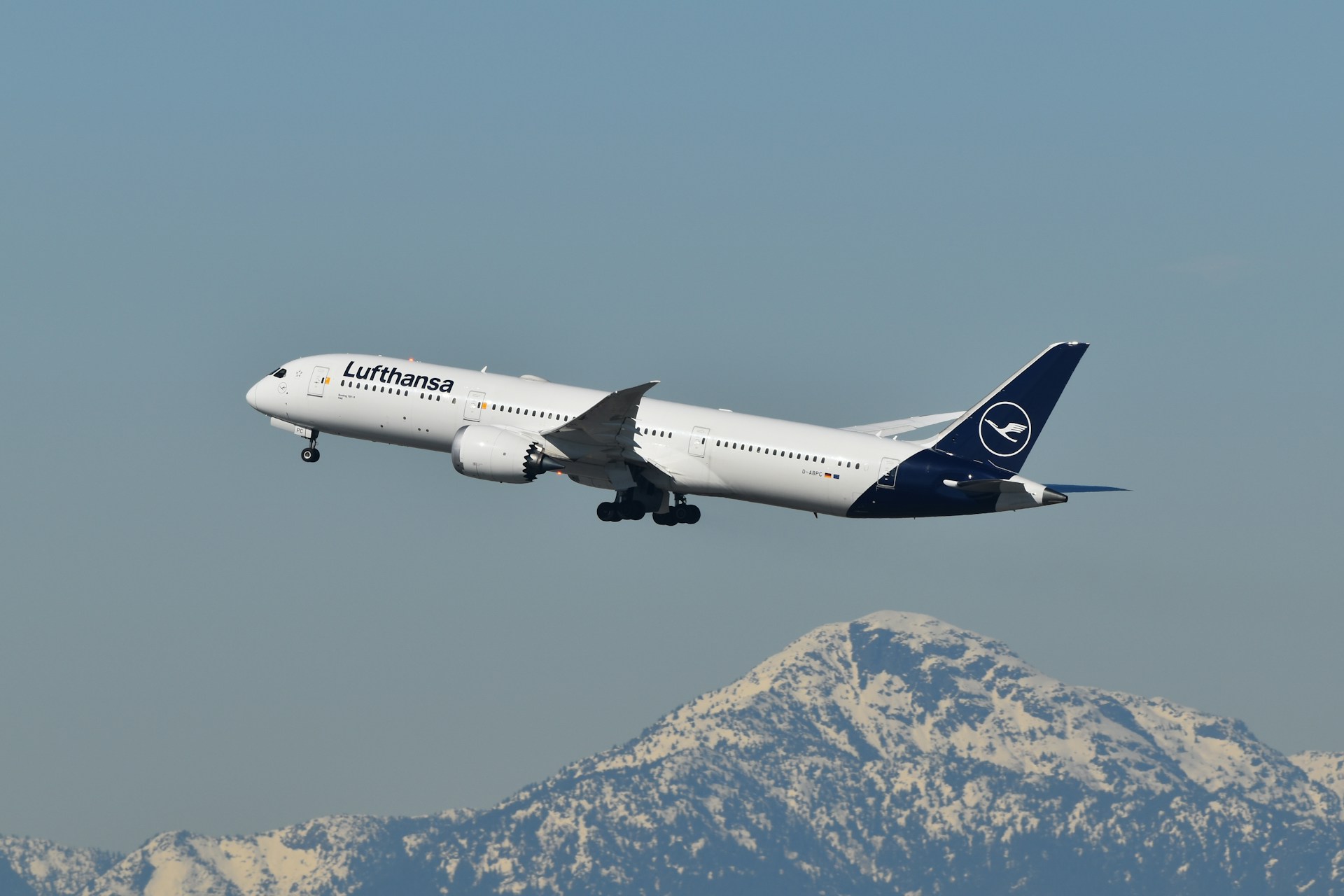Cathay Pacific Targets 100-Destination Global Network
Key Takeaways
- Cathay Pacific is accelerating its network expansion with a goal of reaching 100 destinations worldwide.
- Hong Kong’s strategic hub location is central to the airline’s plan to capture rising demand for international travel and cargo services.
- Growth focuses on Europe, North America, and emerging Southeast Asian markets.
- Cathay aims to leverage its premium service reputation and operational efficiency to stay competitive.
- Industry analysts see the plan as a critical test for Hong Kong’s aviation hub status.
- Expansion takes place against a backdrop of intense competition and geopolitical challenges in Asia-Pacific.
A Strategic Expansion Beyond Recovery
Cathay Pacific is positioning itself for long-term growth with a bold plan to expand its global route network to 100 destinations. More than a recovery from the pandemic, the move signals a deeper transformation in how the airline intends to compete in a rapidly evolving international market.
During the COVID-19 crisis, Cathay Pacific cut back sharply on flights and staff. Now, with passenger demand rebounding, the airline is pursuing new destinations and higher flight frequencies to re-establish itself as a leading Asia-Pacific carrier.
Hub Power: Hong Kong as the Gateway
At the heart of this strategy lies Hong Kong International Airport, which Cathay continues to develop as a global connecting hub. Positioned between East and West, Hong Kong gives the airline a unique advantage in linking Europe and North America with Asia-Pacific.
Cathay Pacific is reintroducing pre-pandemic routes while also branching into emerging destinations in Southeast Asia, where travel demand is surging. This dual focus strengthens Hong Kong’s connectivity, ensuring it remains a relevant hub in the face of growing competition.
Competitive Landscape and Differentiation
Cathay Pacific faces fierce competition from Middle Eastern carriers such as Emirates and Qatar Airways, as well as rapidly expanding airlines from mainland China. To compete, Cathay is banking on two strengths:
- Its premium brand positioning, long associated with high-quality service.
- Its strategic location, offering efficient east-west connections unmatched by many rivals.
The challenge will be to sustain profitability while expanding routes—something that requires careful capacity management and partnerships with other global carriers.
Industry Implications
Aviation experts are watching closely to see how Cathay Pacific’s expansion influences Hong Kong’s hub status. Success could reaffirm the city’s role as one of the world’s top aviation gateways. Failure, however, could accelerate traffic shifts to Singapore, Dubai, or major Chinese mainland airports.
The plan will also demand significant investment in new aircraft, crews, and ground operations. Analysts suggest Cathay’s ability to expand while maintaining financial stability and service quality will determine whether it can thrive against its global competitors.
FAQs
How many destinations does Cathay Pacific serve now?
Cathay Pacific currently flies to about 80–85 destinations worldwide, with seasonal variations.
What regions are prioritized for growth?
Expansion focuses on Europe, North America, and Southeast Asia, aligning with high-demand markets and Hong Kong’s geographic advantage.
How does this compare with rivals?
Cathay’s target of 100 destinations is competitive within Asia, but still smaller than Middle Eastern carriers like Emirates, which serves over 150 cities globally.
What challenges lie ahead?
Competition, geopolitical tensions, crew and aircraft availability, and the need for profitability are key challenges.
When will Cathay reach 100 destinations?
While no official timeline is set, analysts expect the expansion to unfold gradually over the next 2–3 years, depending on market conditions.
How does this affect Hong Kong’s aviation hub status?
A successful rollout would reinforce Hong Kong’s role as a major international hub, while failure could weaken its competitive edge against regional rivals.
✈️ Bottom Line: Cathay Pacific’s push toward a 100-destination network is more than a recovery—it’s a high-stakes bid to reclaim global relevance and solidify Hong Kong’s status as a world-class aviation hub.
.zip%20-%201.PNG)



